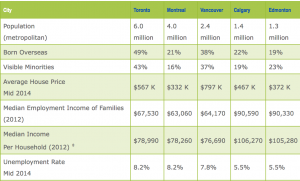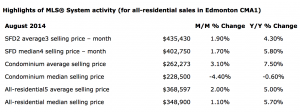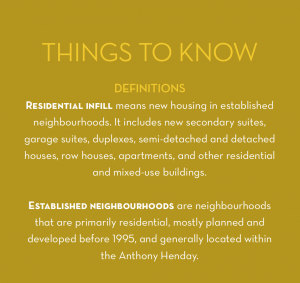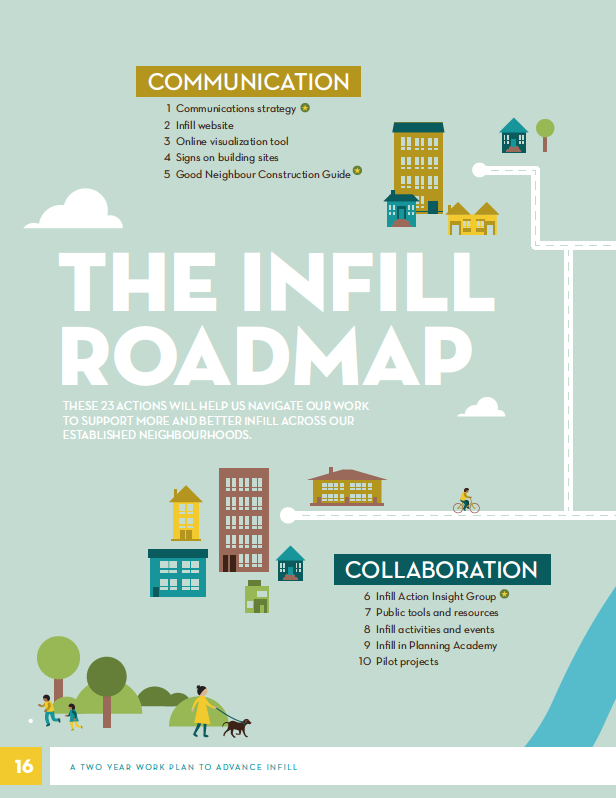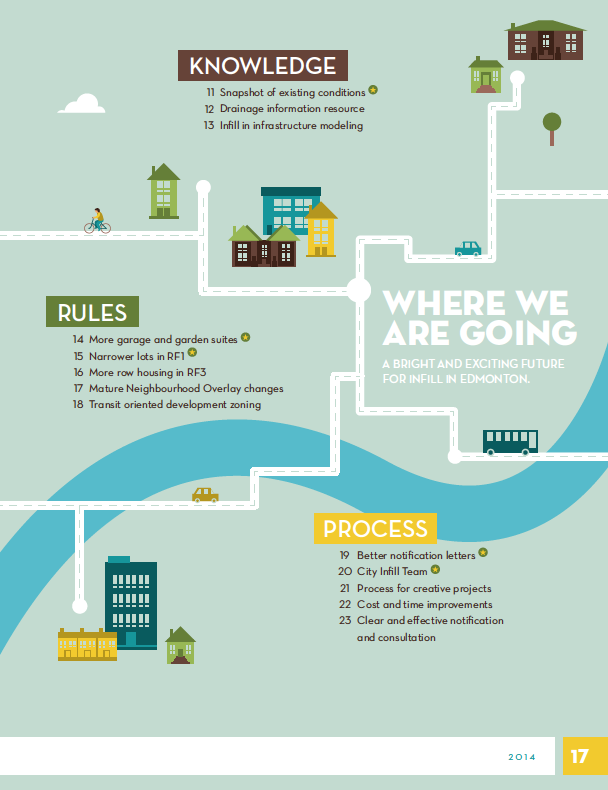Plan to Winterize Before the YEG Weather Hits Hard
Monday, September 29th, 2014
“We’re looking at the T-Rex of winters.”
That is the catch phrase flying all over town these past few days after Jack Burnett, editor of the Old Farmers Almanac, likened our upcoming season to history’s most savage predator. He must not have realized he was addressing Edmonton’s hardy and unflinching masses, where life carries on, the work never stops, and much to the dismay of youngsters school is always open no matter the weather.
However, in the face of a long winter that’s predicted to be even colder and snowier than we are accustomed to it’s better to be prepared than to be stubborn. These ten cost effective tips will help save on energy bills, even in a T-Rex winter:
1. Cover your windows with plastic.
Older or inefficient windows cause hot air leaks to the outdoors and will end up costing a bundle. Bubble wrap is even better than regular plastic wrap, because of the added insulation of the air pockets.
2. Add a door sweep to all exterior doors.
Not only do they keep heat in but they keep the wet and damp out. They can be easily installed and Home Depot sells a variety of styles, most for less than $10.
3. Reverse Ceiling fan directions.
As we all learned in science class heat rises. There’s no use paying for the furnace to warm your whole house just for all that heat to settle up in the rafters. Changing fan direction recirculates the warm air pumped out by your furnace and pushes it down into the living spaces.
4. Move furniture away from your vents.
Does it get any easier than that? Move armchair 6 inches to left for the winter, stay warm, save a bundle.
5. Put a fan near your older radiator.
Radiators are great for creating heat, but not so great at circulating it. A nearby fan facing an opportune direction will help properly distribute all that warmth you’re paying for.
6. Close off any rooms you don’t use.
Storage room of needless items? Guest bedroom with no guests? Close the door, close the vent, close the window. Done. You’ll wonder why you bothered heating all that unused space in the first place.
7. Make use of that decorative fireplace.
That hipster focal point that came with house is more than just a mantle for vintage books and busts of Beethoven…light that baby up! It’s completely free to use, just don’t forget to chop a few logs over the fall (your biceps could probably use the workout anyways).
8. Open south and west facing curtains during the day.
Instead of paying for all that heat, why not use the sun. It not only provides free light, but free heat. Opening south and west window coverings in the day will allow your house to absorb as much warmth as possible, while closing them at night traps that heat in.
9. Insultate your water heater.
For about $30 you can buy a water heater insulation blanket and install it yourself in a jiffy. Here are 2 and a half minutes of helpful installation instructions:
10. Clean your gutters.
It’s high up and seems like worst job in the world but ice dams are a disaster. Cold rain and snow combine with debris and can form ice dams that clog. This will lead to leaks inside the home. Leaks and cold weather are never a good thing. Scratch that. Leaks anytime ever are never a good thing.
These tips are relatively cost and time efficient, meaning you should be able to get it all done on a day off and on a budget. Don’t forget there’s still time to get your house sold or a new house bought before the cold sets it! CLICK HERE to search for properties in the area of your choosing.

